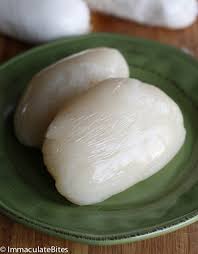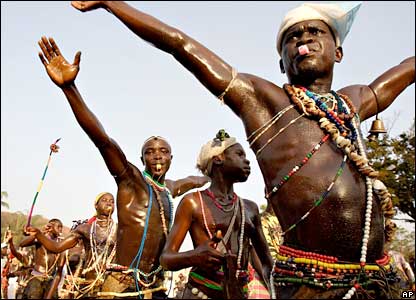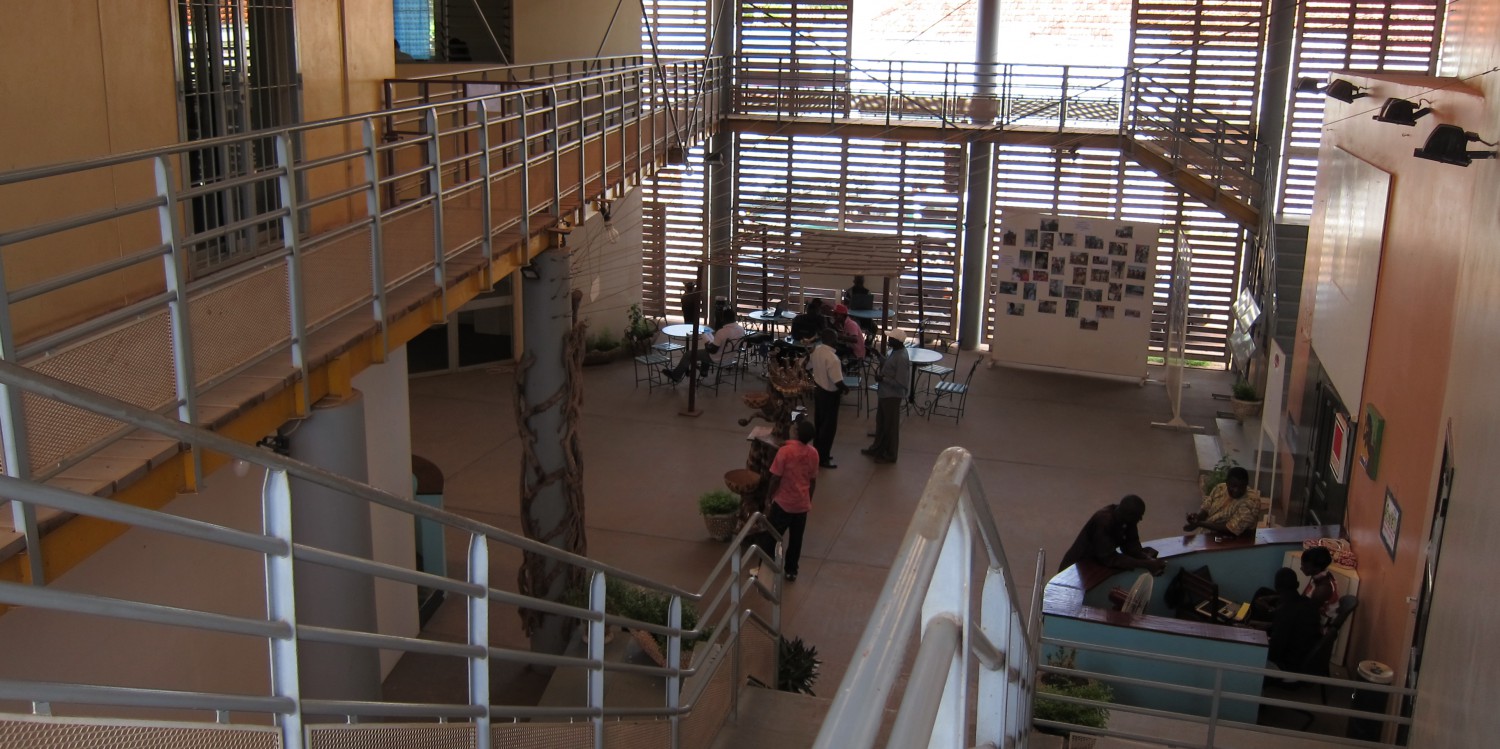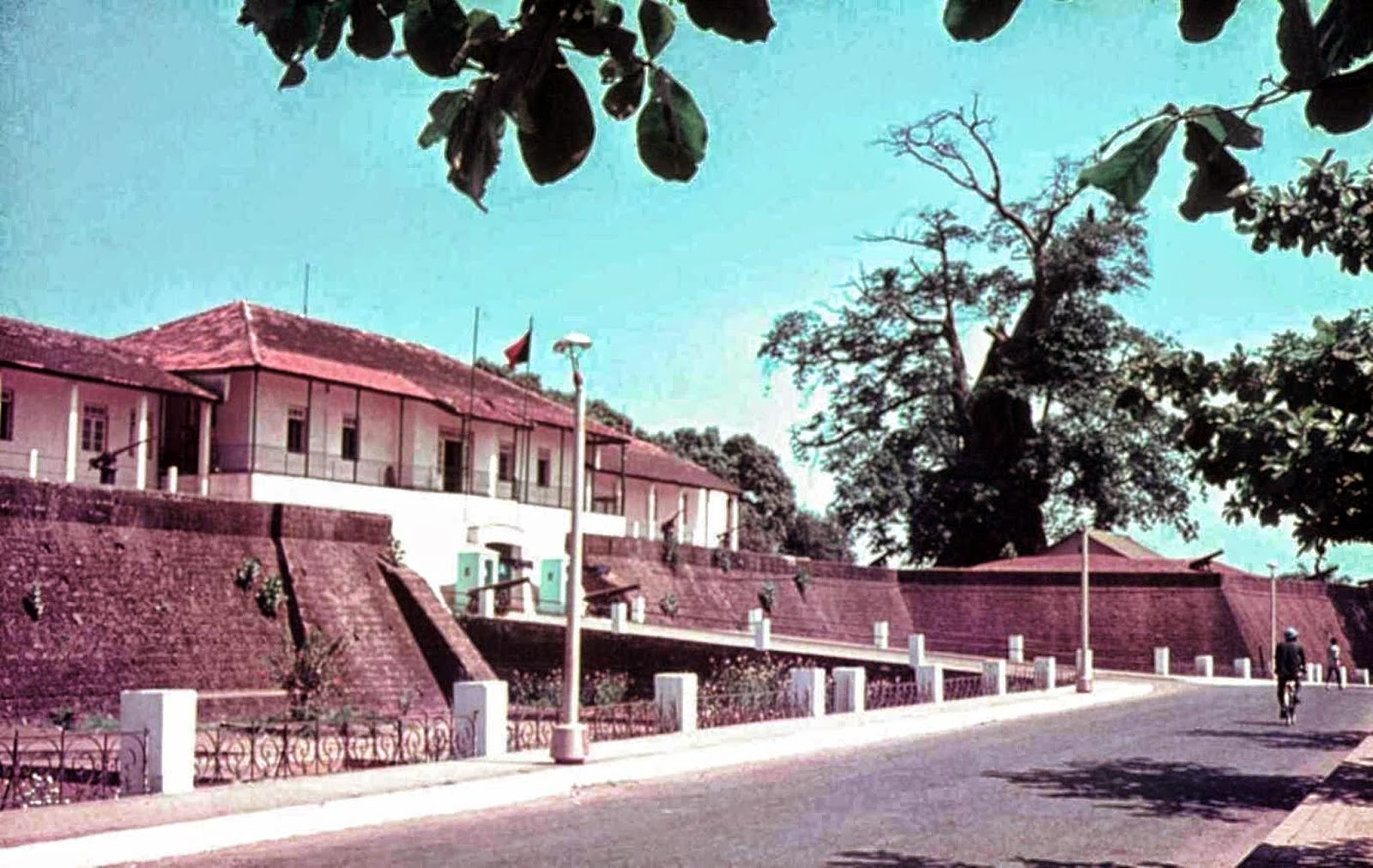
Guinea-Bissau
Tropical Guinea-Bissau
On the West coast of Africa, lies Guinea-Bissau. A smaller nation that has made it their home, stretching from the mainland and through to the Bijagos archipelago. What Guinea-Bissau lacks in size, it makes up in coastal exquisiteness, liberation history and humble people.
An interesting restaurant you should consider on your travels is Restaurant Samritana. It lies in old town Bissau and is built out of a cut out container. It’s a unique vibe, that locals flock too for a cool down on a warm day. Though Guinea-Bissau shares many dishes with Guinea, they are completely different in the sense that the food here is of Portuguese influence and not French. Unlike many other West African countries, pork is eaten with side dishes such as fufu. The cuisine is also much fierier than other countries in Western Africa.

In modern areas of Guinea-Bissau, dress is more westernised but still holds native West African roots such as kaftans, pagnes and headwraps. Once you go into more traditional areas of Guinea-Bissau, such as the Bijagos islands the traditional dress is truly Africanised. In the sense that now you can see differences of tribes and people. Here, people dress in wraps and adorn themselves with feathers, leaves and masks for celebrations and festivals. It is not uncommon to see topless women wearing loincloths or skirts on the islands either. Women and men, use face paint to mark their bodies as well.

https://za.pinterest.com/pin/469078117409953094/ (Traditional dress)
A theatrical art scene is growing in Bissau, stemming from the Centre Culturel Franco-Bissao-Guinéen. It’s a modern building refreshing set amongst the rest of Bissau. You can spend a few hours here, watching theatre groups perform, often open for public viewing. The centre also screens films occasionally for the public, so plan accordingly to experience Guinea-Bissauan art culture. There is also a café on site offering Wi-Fi, so this ideal to catch up with important mails or simply read up on current affairs.

https://espacelanguesccfbg.wordpress.com/ (Centre Culturel Franco-Bissao-Guinéen)
Taking a stroll around the Fortaleza d’Amura is an exciting tour. Although not open to public at all, it does give insight into the Guinean military. The fort was built in the 17th century and is still standing today. There are disintegrating walls that hide the base of the military, but it’s a marvel into Guinea-Bissauan architecture that has survived a turbulent past. It is suggested you do view the fort from a distance as it stands as a Government building.

https://blogueforanadaevaotres.blogspot.co.za/2015/01/guine-6374-p14145-memoria-dos-lugares.html (Fortaleza d’Amura)
In-between the Corubal and Bubo rivers, is the Parque Natural das Lagoas de Cufada. The park is home to buck, hippos, crocodiles and carnivorous hyenas. It is a rather laid back reserve, you can kayak through the waters in the park with a guide for a unique wildlife trip in Africa. There are also a huge number of different bird species. The trek to the Buba entrance is a long one with a four-hour drive from the capital.

http://www.almadeviajante.com/parques-naturais-da-guine-bissau/ (Parque Natural das Lagoas de Cufada)
And with a haunting past of Portuguese colonisation, liberation struggles and civil wars – Guinea-Bissau stands stronger. This stands no truer than the Bijagos people, who evaded capture from slave traders and Portuguese colonisation. And where the poverty is a raw reminder of their troubled history, Guinea-Bissauan people will still smile at their home.
